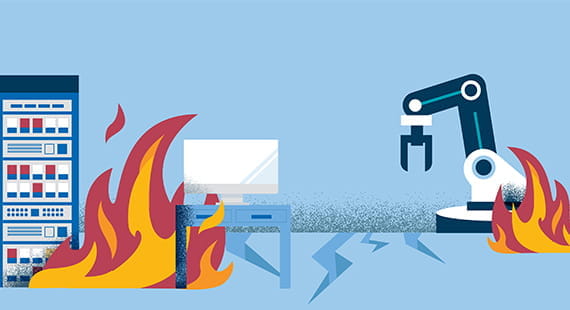
Solutions that minimise risk and maximise results
Solutions that minimise risk and maximise results
Earthquakes are among the most severe natural disasters we must contend with. Seismic hazard describes the probability of ground motion impact in a given area or at a site. Seismic hazard analyses, therefore assesses the scale of this impact on land whereas seismic risk analyses assesses its impact on existing structures in order to optimize design and mitigate risk.
Every year, earthquakes result in around 20,000 deaths with accompanying economic losses amounting to approximately US $7.5 billion. Given the unpredictability and potential severity of these natural disasters, implementing measures to protect people, critical infrastructure and investments from damage caused by seismic impact is vital.
Site-specific seismic hazard analyses and adequate seismic design solutions play an important role in decreasing seismic risk.
In order to complete an optimized safety and cost-efficient assessment, an analysis of the seismic impact is fundamental. Therefore, a site-specific seismic hazard analyses considering local site response is key for an adequate seismic design analysis and mitigating seismic risk. For existing buildings and facilities, a structural analysis of the seismic risk evaluates the seismic safety and identifies critical elements for retrofitting.
Your business can benefit from our seismic hazard expertise as a competent and independent partner with long-term experience of projects at all stages, from initial planning to final approval. Our international activities and participation in regulatory working groups and committees ensure an ability to transfer state-of-the-art methods into practical applications that help you meet national and international requirements.
Your business can rely on our experience and expertise to meet relevant safety-related aspects and better protect its investments from seismic impacts.
Through our seismic hazard analyses services and seismic design expertise, your business can see a host of benefits:
TÜV SÜD provides customer- and project-specific solutions covering all aspects, from seismic hazard analyses to seismic design. We perform site-specific seismic hazard analyses to calculate seismic impact and apply soil dynamic calculations to consider site response.
Our seismic hazard analyses and seismic design services include:

Plan for business continuity and natural disaster recovery
Learn more
Site Selector
Global
Americas
Asia
Europe
Middle East and Africa